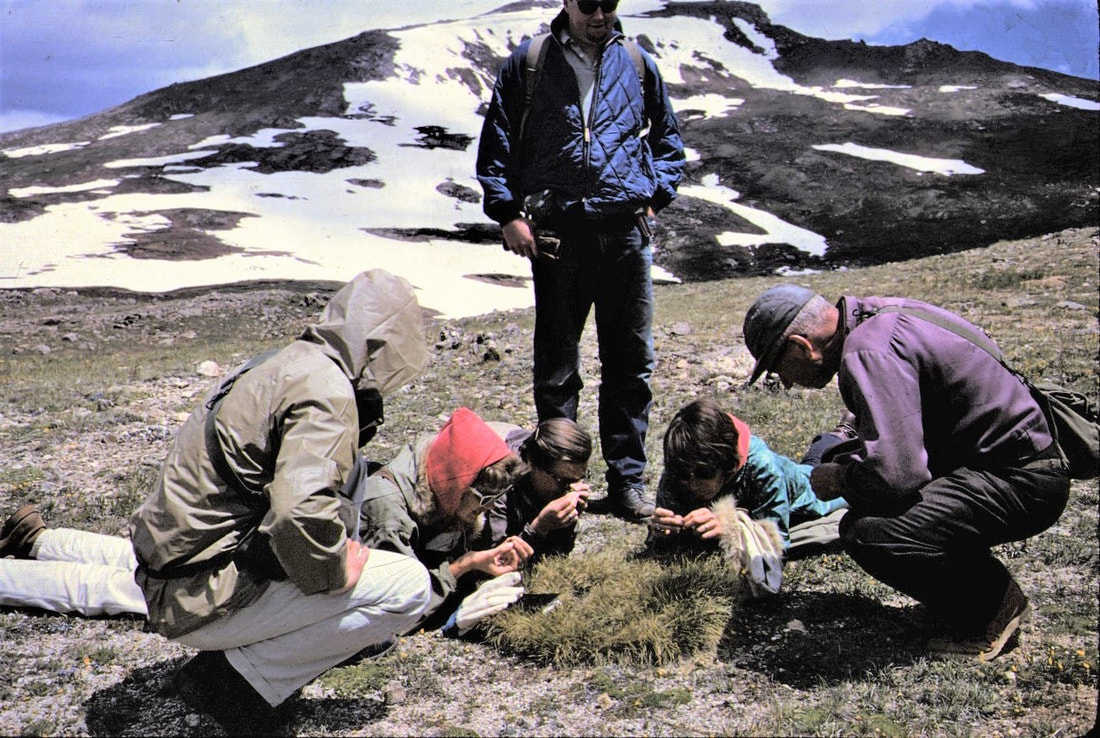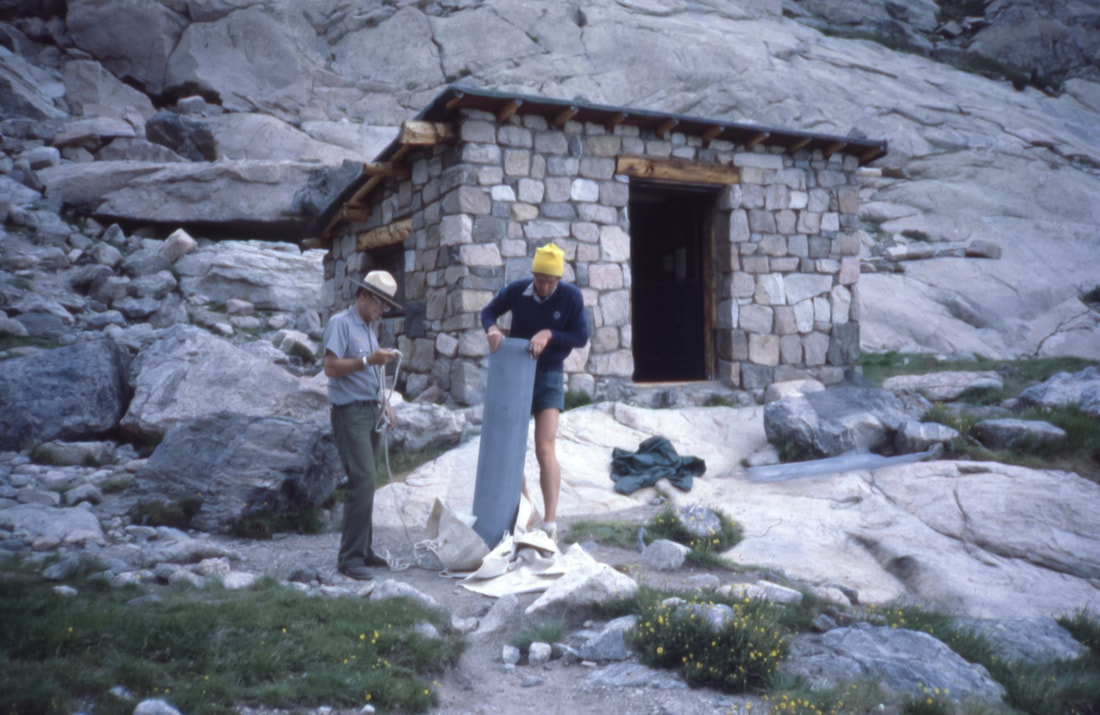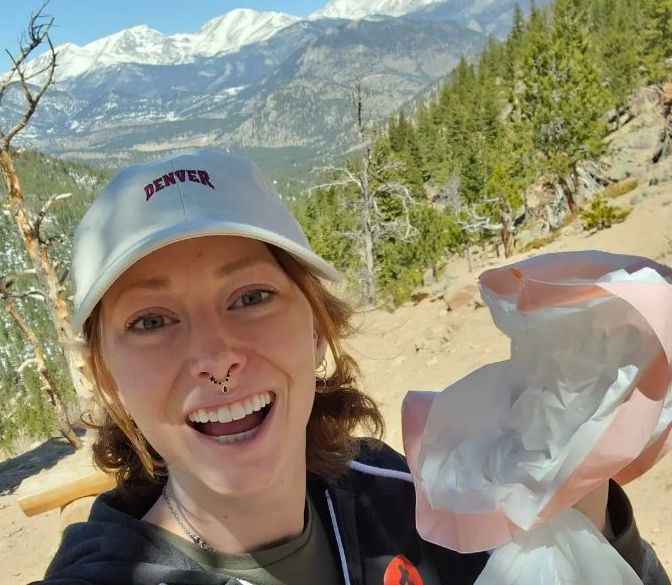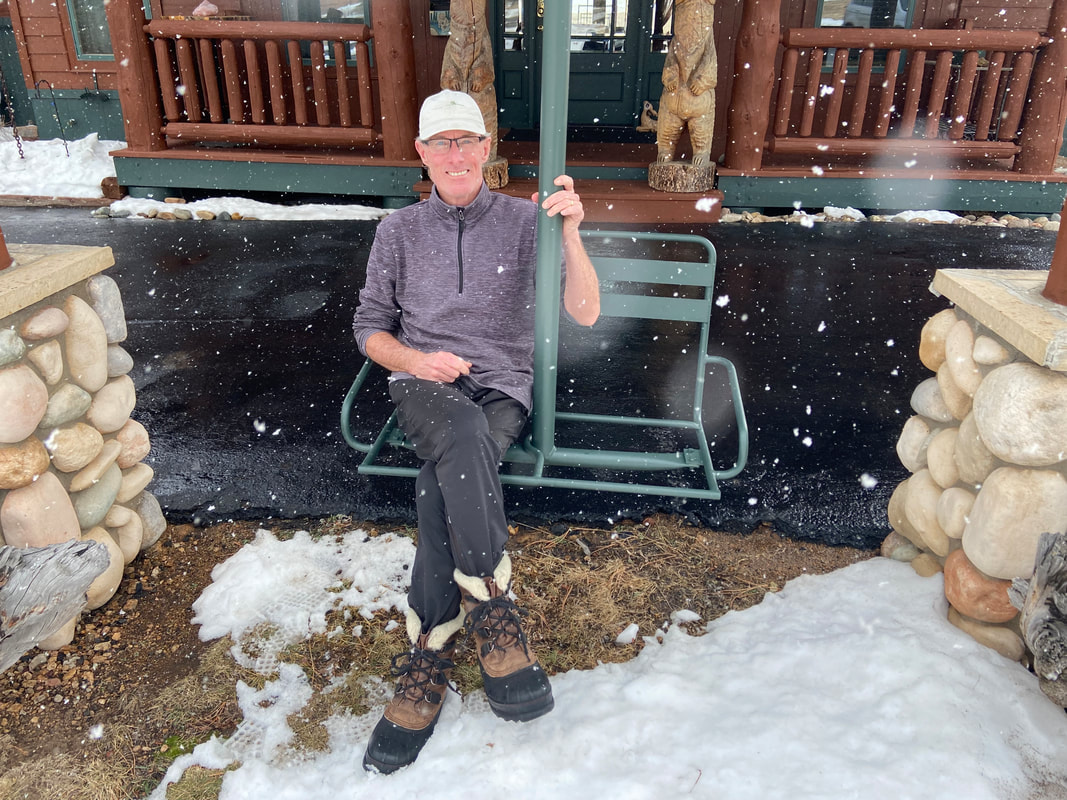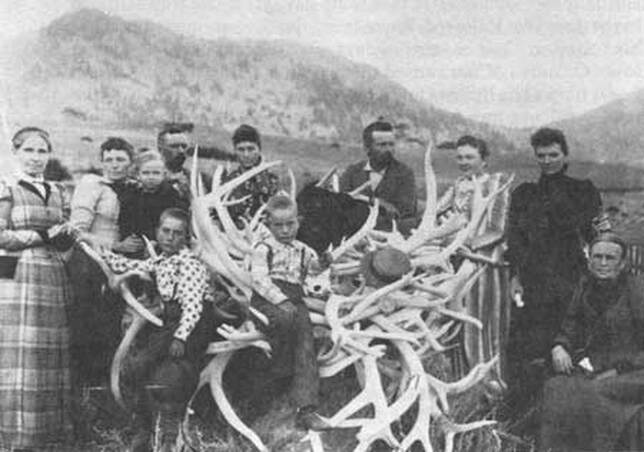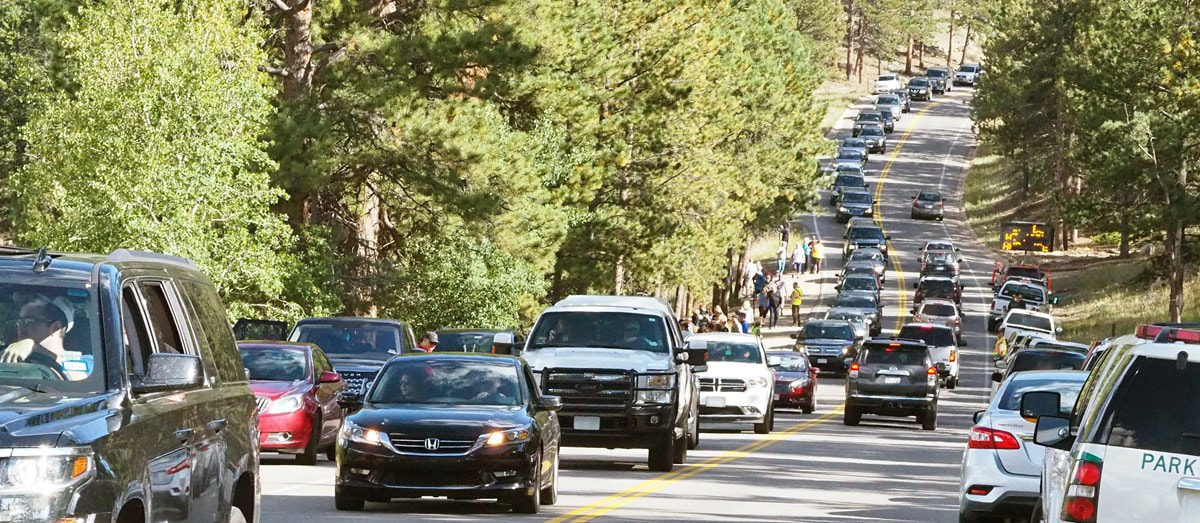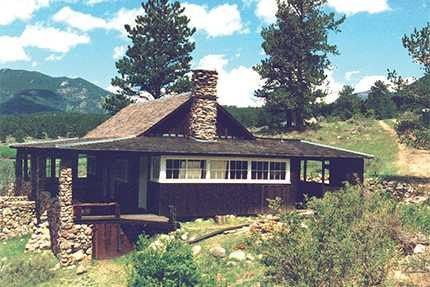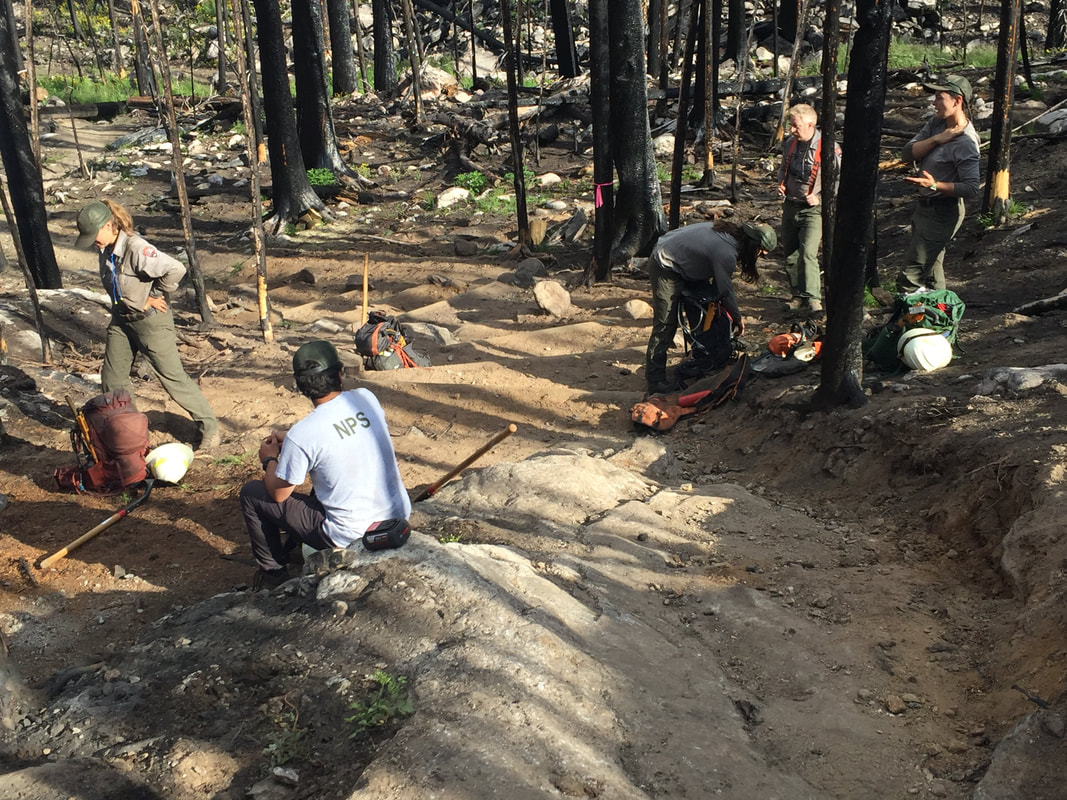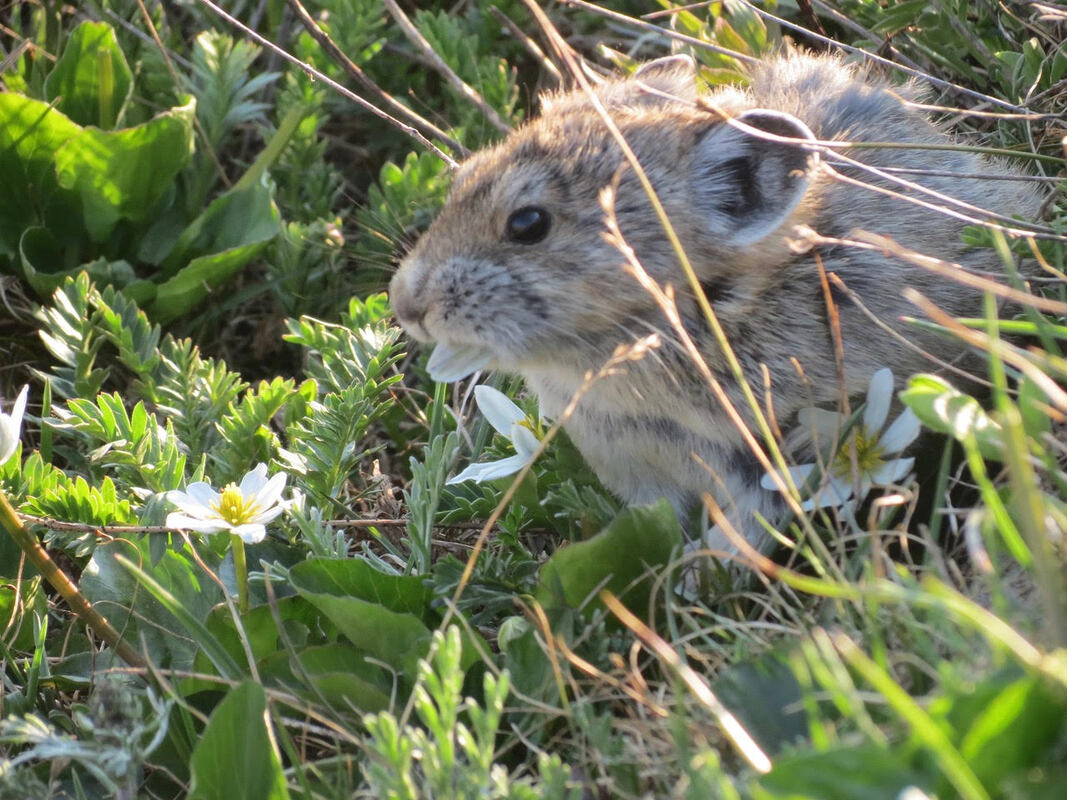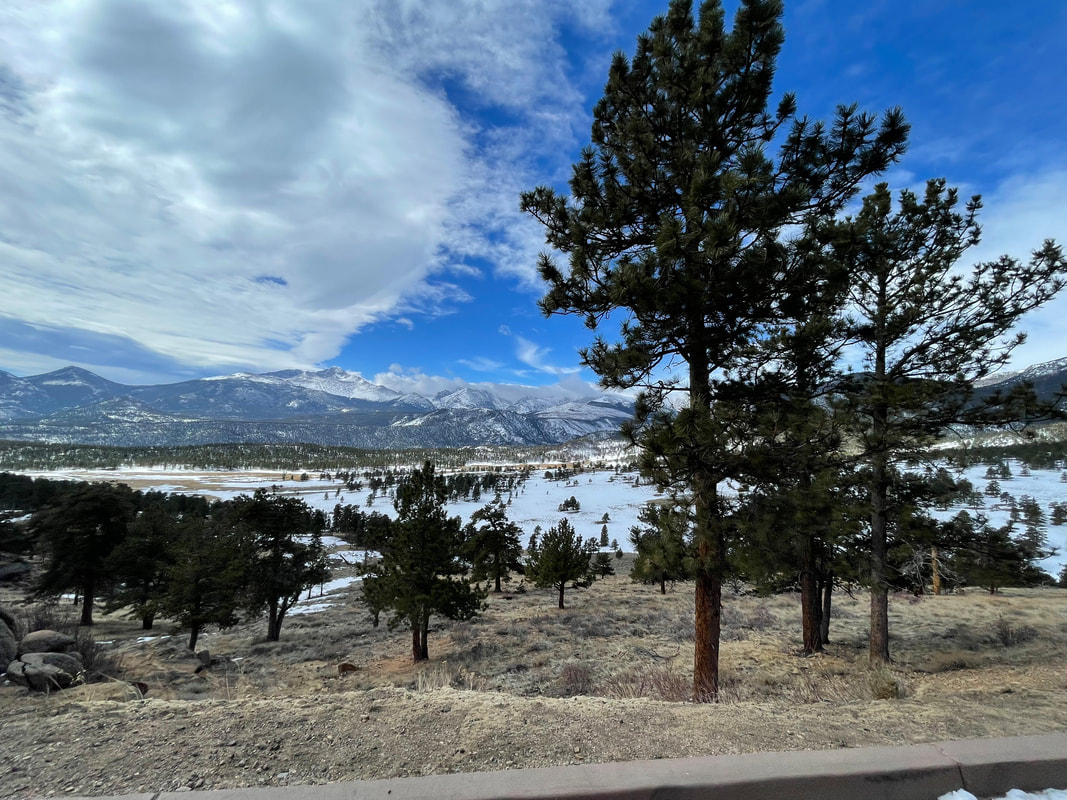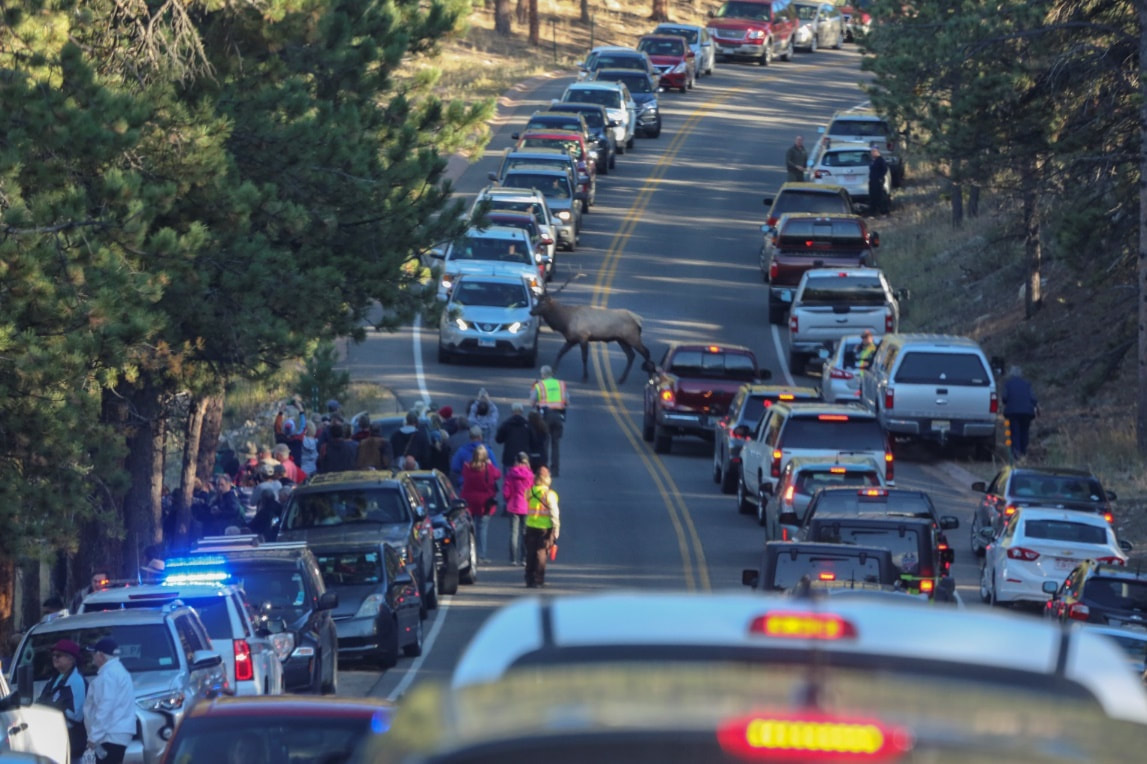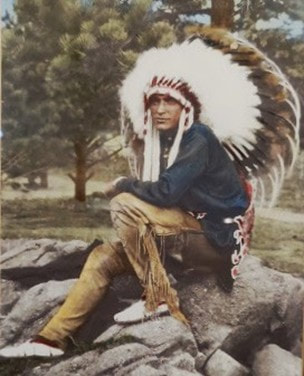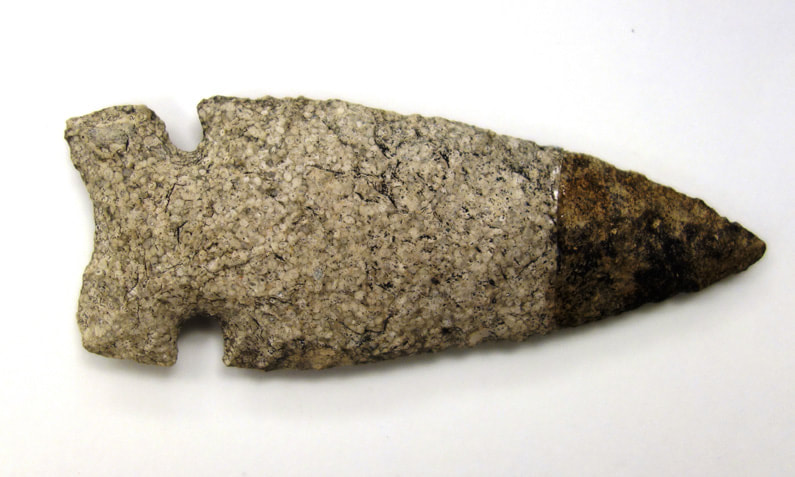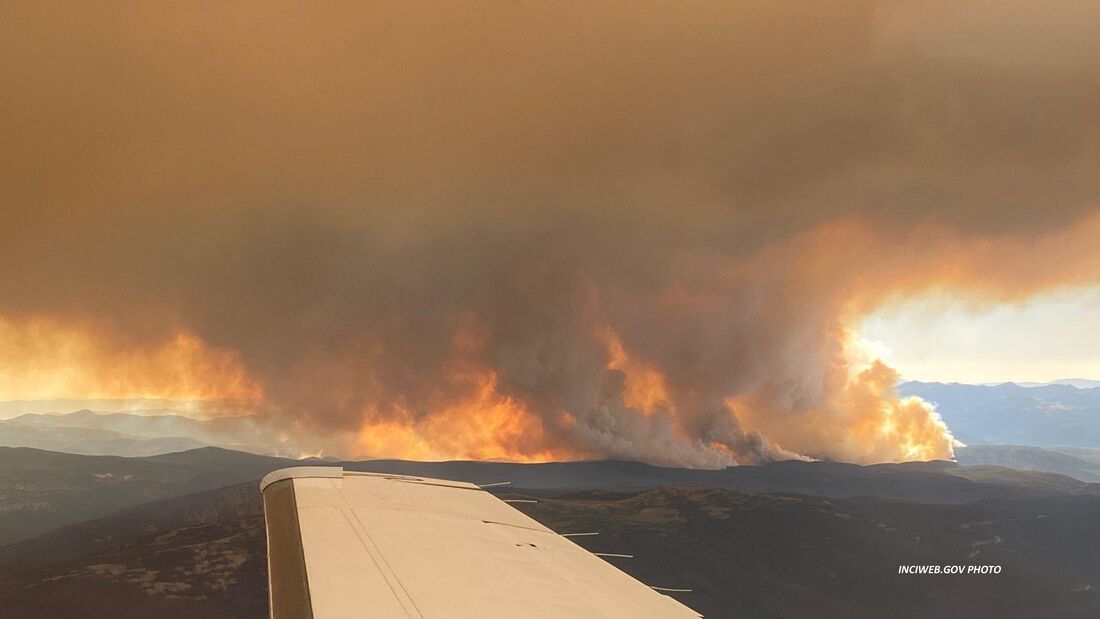Bettie Willard: Tundra Pioneerby Barb Boyer Buck
Bettie Willard always dreamed of being a National Park Service ranger, especially after she attended the Yosemite Field School in the summer of 1948. For that entire summer, she and other attendees lived in tents and worked in the wilds of Yosemite National Park, studying nature up close. Keep Reading... |
Search and Rescue on Longs Peak, 1979-1981by Chris Reveley, Longs Peak Ranger 1979-1981
Climbing rocks, ice and big snowy mountains is dangerous. Sometimes people get hurt and occasionally they die. The job of search and rescue (SAR) first-responders is to deliver to the injured an appropriate level of care as efficiently and safely as possible without making matters worse. In the case of fatalities, body recovery is pursued whenever and wherever possible as long as the risks to SAR personnel are minimal. Keep Reading... |
Practicing Sustainabilityby Bronte Brooke
As we move out of April, the coming of spring is evident. The change of the season brings life back into the mountains. In town, elk can be seen out and about. Fresh green grass pokes its way through the snow. Birds welcome the morning with song. The mother osprey at Lake Estes teaches her young to fly. But the reality of this influx of travelers has a flip side as well. As electric and alive as the wilderness feels with the surge of onlookers, it also leaves more room for mistakes. Keep Reading... |
A Hidden Gem in Rockyby Marlene Borneman
A spot with deep roots for winter adventures within Rocky Mountain National Park is long-loved Hidden Valley. At 9,240 feet of elevation and thick with Engelmann spruce and Subalpine fir, this narrow valley offered enjoyment in the snow long before it became known as a downhill ski area. As early as the 1930s, locals skied old logging skids and started make-shift runs. According to his book, Recollections of a Rocky Mountain Ranger, Jack Moomaw managed the National Championship Ski Races at Hidden Valley in the winter of 1937. Keep Reading... |
Winter for Rocky's Earliest Inhabitantsby Hillary Eichinger
Winter in the Rocky Mountains is harsh, often bringing sub- zero temperatures, frequent storms and high winds. So why then did early people continue to come back or choose to stay? The easy answer is the abundance of resources and vast sweeping landscapes. Fresh water, abundant wildlife and many wild edible plants attracted people to the dense terrain and high peaks. The Rockies, although severe during winter, provided enough food during the summer and fall to sustain human life. Keep Reading... |
Planning for Rocky's Visitors, Part Oneby Barb Boyer Buck
Yep, it's coming back. Another pilot timed-entry reservation system (with slight tweaks over the 2022 system) will start on May 26 and extend through October 22, 2023. Day use visitor management in Rocky Mountain National Park is not going away; it actually started in the late 1970s, when a shuttle system was first implemented in the Bear Lake Corridor and has continued ever since with increasing restrictions on congested areas of the Park during peak visitation times. Keep Reading... |
Preserving historic structures in RMNPby Hillary Eichinger
Rocky Mountain National Park is not only home to stunning views and amazing wildlife, it also preserves more than 600 buildings. In the 107 years since its inception, the Park has changed shape and size, incorporating natural areas, old mines, irrigation ditches, dams, logging camps, commercial areas like hotels, and original homesteads. National Park Service specialists maintain the integrity and upkeep of its historic places including trailheads, natural areas, and buildings. Keep Reading... |
Trouble on the Tonahutu Trailby Chris Reveley
The Tonahutu trail starts near the summit of Flattop Mt. and travels northwest across the tundra before descending toward Grand Lake, passing through some the worst of the Park's fire damage. It had been closed to hikers and backcountry campers since the fire. In July, after almost two years of restoration and rebuilding by determined RMNP trail crews, the Tonahutu trail was reopened to the public. I wanted to see it for myself. Keep Reading... |
Pikas in Perilby Barb Boyer Buck
The tiny American Pika, one of the most daring and weather-hearty animals in Rocky Mountain National Park, is exhibiting declining population numbers all over Colorado due to climate change. Dr. Chris Ray, a research associate at the University of Colorado, has been studying the American Pika for several decades. “We focused on pikas because they have several traits that make them a sentinel (species) for the effects of climate on wildlife." Keep Reading... |
Beaver Mountain and Cleaning Up Our Park!by Jason Miller
I challenge you. Yes, YOU! Do not leave Rocky the same as when you got here. Leave it better. Go out of your way to look for and pick up trash all along the way on your future hikes. Only you and I will lead the way to a cleaner and more natural park. Keep Reading... |
Why Wait? A Deep-dive into Rocky's
|
Strange Owls and Eagle Plume'sby Barb Boyer Buck
Just a few minutes south of Estes Park, there is a remarkable place redolent with various traditions and history, both native and non-native. Eagle Plume's Trading Post, just over the Boulder County line on Highway 7, is owned by Nico Strange Owl, who took over the full operation after the recent deaths of her parents. Nico sat down with me last week to speak about the history of the place and her perspective on the traditions which formed her life. Keep Reading... |
Who was here before?by Cindy Elkins
How do we begin to accept our responsibility as travelers on this planet when our existence is temporary? Discovering what came before and accepting that there will be many future generations once I am gone, makes me ponder why it is so important to “Preserve and Protect.” Learning about past inhabitants and establishments while imagining the flying cars of the future, I appreciate my simplistic understanding of what it would have been like 10,000 years ago in the high country of what is now RMNP. Keep Reading... |
FIRESTORMS: a HIKE ROCKY documentaryby Barb Boyer Buck
“Hope is not a strategy,” said David Wolf, fire chief for Estes Valley Fire Protection District, about the realization the Cameron Peak Fire, which started north of the Estes Valley on August 13, 2020, could burn straight toward his jurisdiction. “There was nothing but fuel” between the fire and Glen Haven after it jumped Highway 14, so Wolf started preparing for if it came this way. Keep Reading... |
© Copyright 2024 Barefoot Publications, All Rights Reserved

